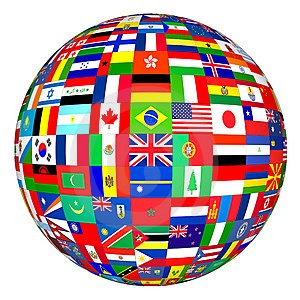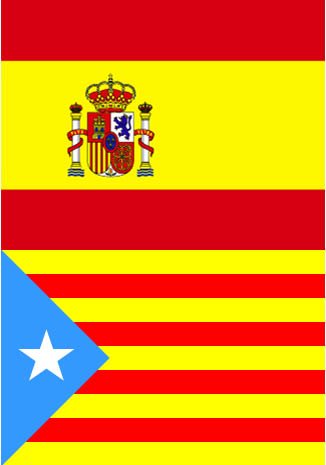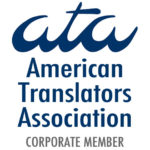Many people mistakenly believe that being bilingual is all it takes to offer a good translation. As a result, people often ask a friend or relative who has studied a foreign language for four or five years in High School to translate a document for them. However, translating can be considered an art and it is much more than a simple word by word exchange. With this being said, what makes a good translation?
Free image courtesy of FreeDigitalPhotos.net
Firstly, can you tell the text is a translation? Does it read smoothly and sound as if it were originally written in the target language? Good translations do not look like ones. They are well written, ideas flow naturally and carry the sense and atmosphere of the original text. The information is presented clearly and any acronyms are correctly translated and/or explained.
It is also important to pay attention to the accuracy of the translation. The original document needs to be respected and translated completely, without missing any word or sentence, but it has to be grammatically correct and have no spelling mistakes as well. A wrongful translation is difficult to read and understand and can also seriously affect the reputation of the person or business organization that requested it.
Other aspect that should not be forgotten is clarity. The translator needs to ensure, when possible, that the final document is uncluttered, clear and has no complex and long sentences. In fact, it is not strange at all that the translated document is much easier to read than the original.
Finally, the audience should also be taken into consideration. This is important in two ways; on the one hand, the translated text should be culturally appropriate for the target audience. There should be no references to religious or political figures that may offend the reader or be controversial and the style needs to respect the tone and formality used by the original writer . On the other hand, the reading level of the audience should be accurately matched. For instance, the words used should be more complex and sentences more elaborated if the text will be read by scientists or high skilled professionals and simpler if it is written for newly arrived immigrants.
As you can see, there are several points that can be applied to determine whether the translation you are reading is good or not. You should bear them in mind next time you are handed in a translation.













